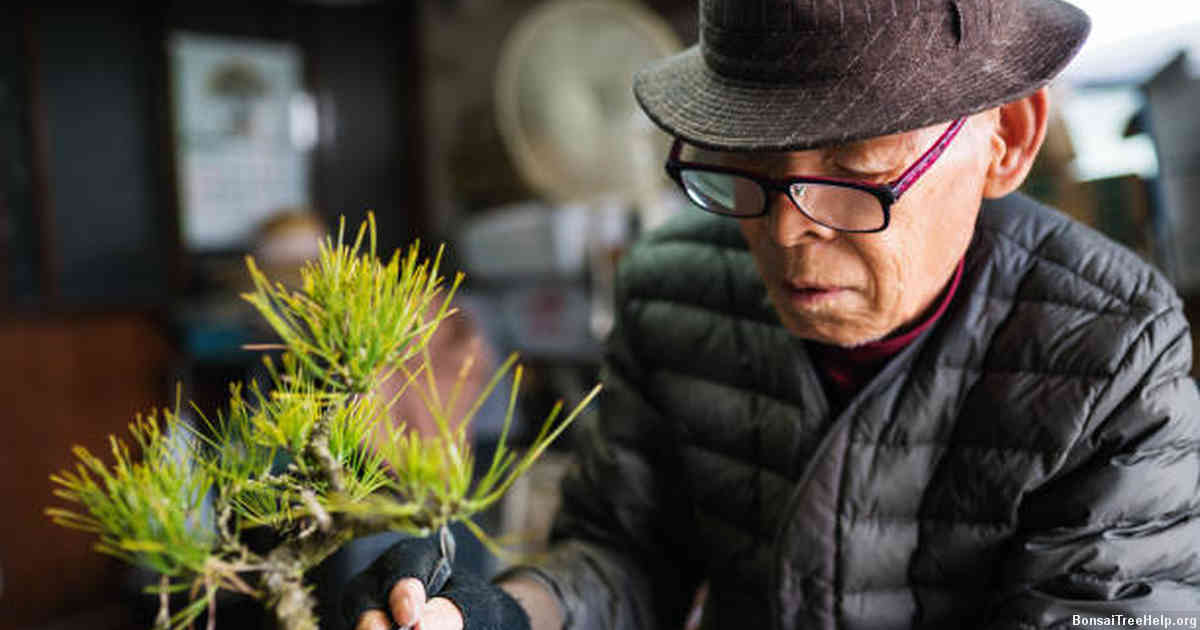
First, gather materials to make the pot. You’ll need a clay pot with drainage holes at the bottom, some wire mesh or expanded metal, and thin wires for tying the mesh onto the pot.
Contents:
- Planning for Creating Your Own Bonsai Pot
- Choosing the Right Materials for Bonsai Potmaking
- Step-by-Step Guide on Making a DIY Bonsai Pot
- Adding Design and Personal Touches to the Finished Bonsai Pots
- Caring for the Newly Made Bonsai Pot
- Benefits of Handmade Bonsai Pots Over Store-Bought Ones
- Alternative Methods to Make Your Own Bonsai Pot
Then cut two pieces of wire mesh or expanded metal that are slightly smaller than your clay pot. Place them in an X shape onto the sides of your pot and secure them with thin wiring around the edges to form a base for your soil layer.
Fill in any gaps between the wire mesh and sides of your bonsai pot with wet clay mixed with sand. When dry, this will create a seal which helps prevent roots from escaping through these areas. Enjoy.
Planning for Creating Your Own Bonsai Pot
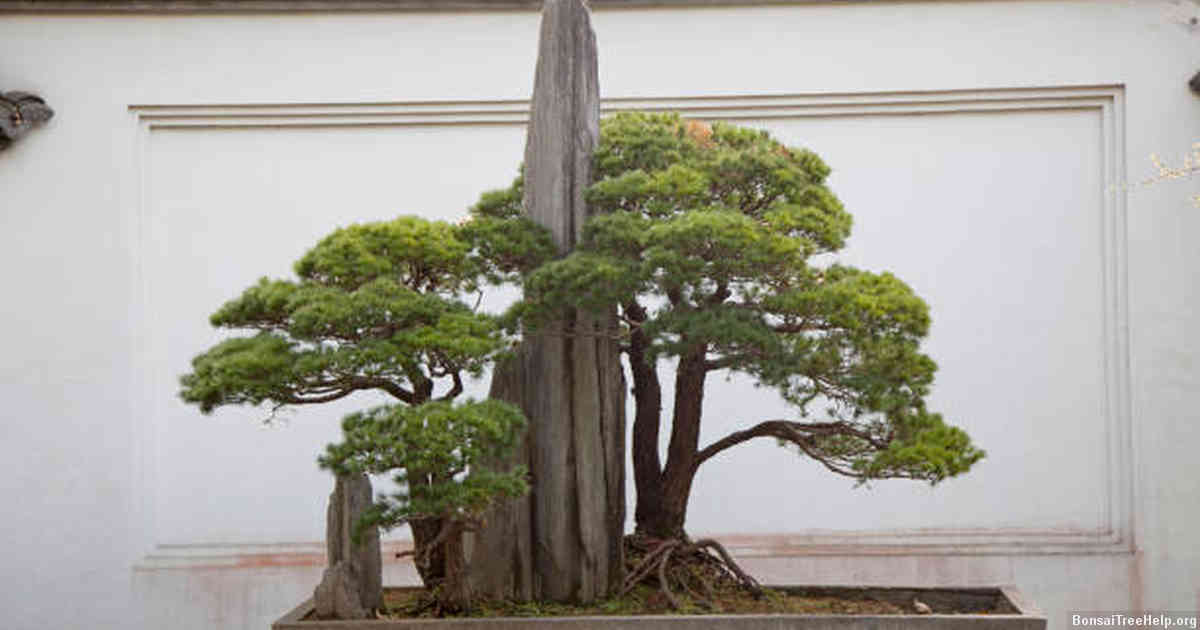
Planning for creating your own bonsai pot is the key to success. You must know what tools, materials and processes you will need before starting. To create a beautiful, high-quality container for your tree, you should make sure that you have all of the necessary items on hand.
First, it is important to determine what kind of pot you want to construct. There are many different styles available in various sizes and shapes. Consider if the pot should be round, oval or square; shallow or deep; ceramic or terracotta; etc. Make sure that whatever shape and type of material you decide on fits with the unique aesthetic needs of your plant’s species.
You will also need certain tools and materials depending on which type of potting technique you choose: either traditional Japanese plastic wrap rooting method or foam tape wiring technique. Gather basic supplies such as garden hose clamps, foam tape strips, suitable sized plastic sheeting and scissors before getting started so that there won’t be any frustrating delays in between steps due to lack of equipment. Having extra pieces of material nearby in case something goes wrong can really come in handy when making repairs mid-project as well.
Choosing the Right Materials for Bonsai Potmaking

Making a bonsai pot is an art. When crafting a bonsai pot, the materials are key to making a durable and attractive vessel for your plant. When it comes to materials for making a bonsai pot at home, there are many choices from which you can select. The most popular types of material used in bonsai potmaking include clay, stone and ceramic. Each of these materials have different properties that make them desirable when creating your own custom-made container.
Clay is perhaps the easiest material to work with when making a bonsai pot. Not only is clay relatively inexpensive and widely available, but it also allows you to create intricate designs on the exterior surface of your final product with relative ease due to its malleable nature. Clay pots provide excellent insulation for your plants against extreme temperatures as well as retaining moisture content more effectively than other options like stone or ceramic pots; however they are also prone to cracking easily if mishandled or subjected to heavy wear and tear over time.
Stone pots offer superior durability compared to clay or ceramic thanks their robust nature; however this attribute often comes with additional weight too which can be taxing if you don’t want something overly bulky in your garden space. Stone containers can be carved into interesting shapes if desired, though require specialized tools depending on the type of stone selected in order achieve smooth surfaces and sharp angles during finishing touches.
Ceramic is one of the most beautiful looking options available for creating an aesthetically pleasing design that stands out from other typical bland offerings out there. Ceramic glazes provide deep hues that won’t fade over time while staying resistant to dirt and grime accumulation throughout the life span of your product providing low maintenance upkeep along with remarkable looks – perfect for any discerning hobbyist. Its lightweight construction provides much needed portability benefits when compared heavier counterparts like stones enabling greater flexibility while rearranging settings in smaller confined spaces.
Step-by-Step Guide on Making a DIY Bonsai Pot
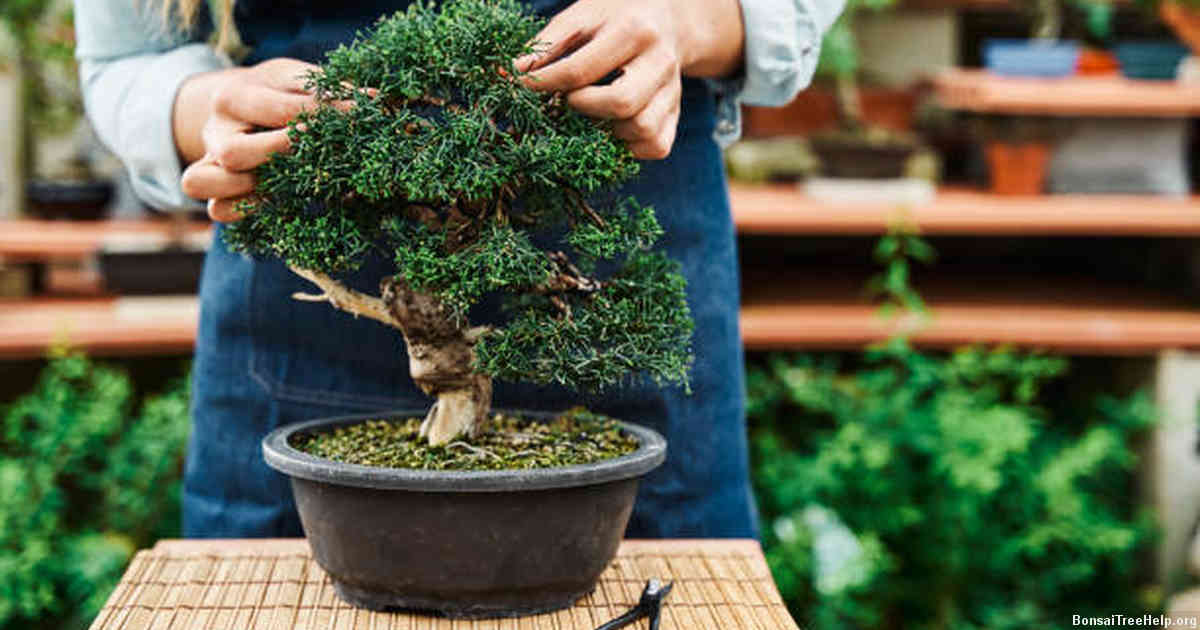
Making a DIY bonsai pot doesn’t have to be difficult or time consuming. With some basic tools and supplies, you can easily create your own custom container for your bonsai tree. Here is a step-by-step guide on how to make a DIY bonsai pot at home.
The first thing you’ll need to do is measure and cut the pieces of material that will form the base of the bonsai pot. Depending on what type of material you are using, you may need to use different techniques such as drilling, sawing, sanding, etc. Once all of the pieces have been cut and shaped properly, they should fit snugly together into the desired shape and size of the pot.
Next, it’s time to attach each piece together with adhesive or nails if necessary. Before attaching everything permanently though, consider painting or decorating your container in any way that appeals to you – this can really make your homemade pot stand out from store bought versions. Once all of the pieces are attached together firmly, it’s ready for planting!
To complete your DIY project, add drainage holes at the bottom of your container if they’re not already present so excess water can escape when watering your plant. This is an essential part in preventing root rot which can occur when plants sit in too much moisture for too long a period of time. After adding these small details to ensure adequate care for your bonsai tree inside its new home, enjoy showing off your beautiful creation – one that was made entirely by you.
Adding Design and Personal Touches to the Finished Bonsai Pots
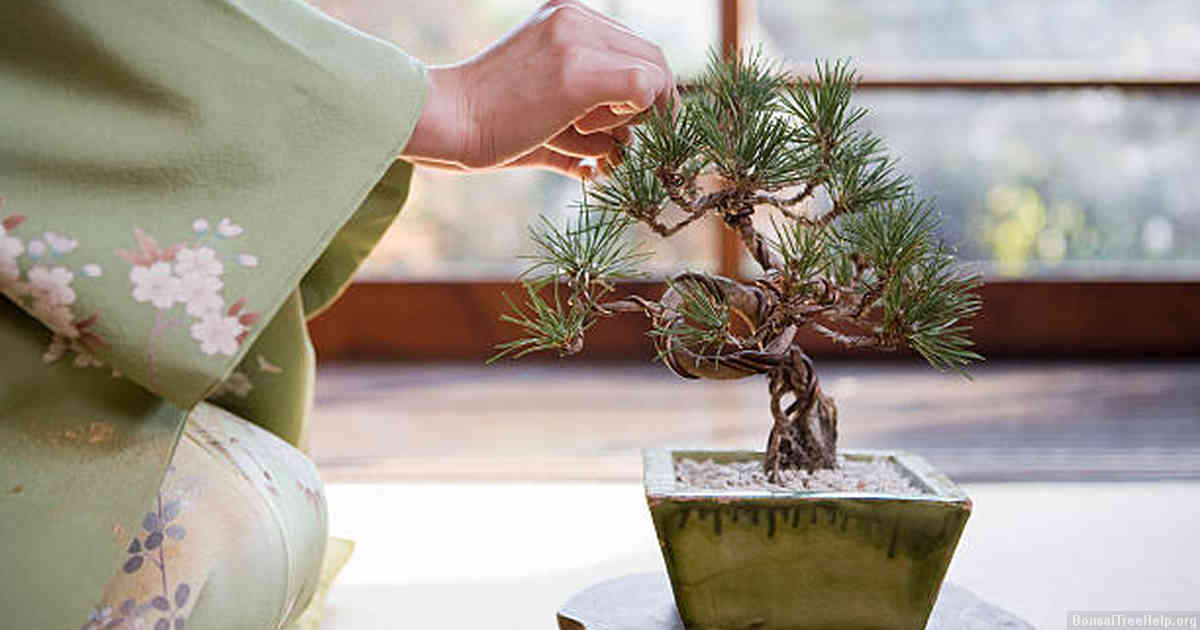
After creating a bonsai pot, it is time to add the finishing touches. Even though mass-produced bonsai pots are already attractive, customizing one’s own can be incredibly rewarding and result in a truly unique item. To create a personalized touch, many people opt for painting or engraving their bonsai pot with desired images or words. When it comes to painting, using colorful acrylic paints on ceramic creates an eye-catching design. A sealant should then be added over the paint in order to keep it from chipping off too quickly. For those looking for more precision, using hand tools such as sandpaper and dental picks to delicately etch designs onto clay or stone can turn out breathtakingly intricate results.
In addition to the visual element of personalization, there are other options available depending on one’s preferences such as glazing techniques that alter texture and durability of the surface of a piece. Alternatively, wood burning tools can also lend great aesthetic impact on wooden bonsai pots while being relatively simple to use and affordable – perfect for beginners. Trying out different color combination may prove useful; after all experimenting often leads us down unexpected paths that inspire creative ideas we wouldn’t have thought up otherwise!
Caring for the Newly Made Bonsai Pot

Once you have crafted your homemade bonsai pot, it is important to properly care for it in order for it to last. The most critical factor to keep in mind when caring for a freshly made bonsai pot is proper drainage. Before adding soil and the tree itself, make sure that the bottom of the pot has at least one or two holes to allow any excess water to escape. This will ensure that there is no pooling of moisture in the bottom which can lead to rot, decay and other problems with both the container and its content.
Another key point when looking after your new bonsai pot is controlling soil erosion through mulch and decorations such as rocks around the edges of the flowerpot. This will not only create a nice aesthetic look but also help maintain humidity levels by regulating temperature swings throughout day-night cycle changes. Some sunlight should be provided every now and then so that all microorganisms living in your newly made pot’s environment get their necessary light quota while still maintaining good ventilation within it at all times; crucial if you want all tiny elements inside safe and sound on an ongoing basis.
Benefits of Handmade Bonsai Pots Over Store-Bought Ones
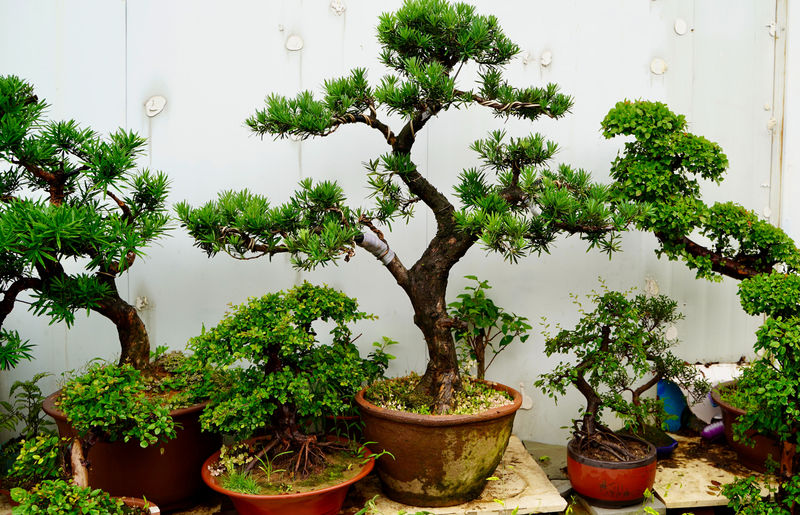
Making your own bonsai pot offers numerous advantages over buying a pre-made one. Handcrafted bonsai containers can be fashioned to match the exact size and shape of the desired bonsai, allowing for an attractive fit that helps create a harmonious balance between tree and its holder. Moreover, creating your own pot allows you to customize it with details such as external carvings or inner supports to meet specific needs of your specific bonsai trees. Crafting your own pot also grants you greater control over aesthetics; you can pick materials yourself, like clay or wood grains that help bring out the beauty of the bonsai plant.
In addition to this sense of personalization and aesthetics, handmade bonsai pots are usually much more cost-effective than store-bought ones. If you go with ready-made pots, they will tend to be expensive due to import fees or other costs associated with production and sale. With homemade holders on the other hand, you only need basic supplies found locally–including slabs of clay from local art stores–to get started in building them up on your own terms. Likewise if tools become necessary along the way for working on intricate details or securing pieces together then these may already be present in many workshops or available at very reasonable prices from specialist suppliers if not found elsewhere first.
Alternative Methods to Make Your Own Bonsai Pot
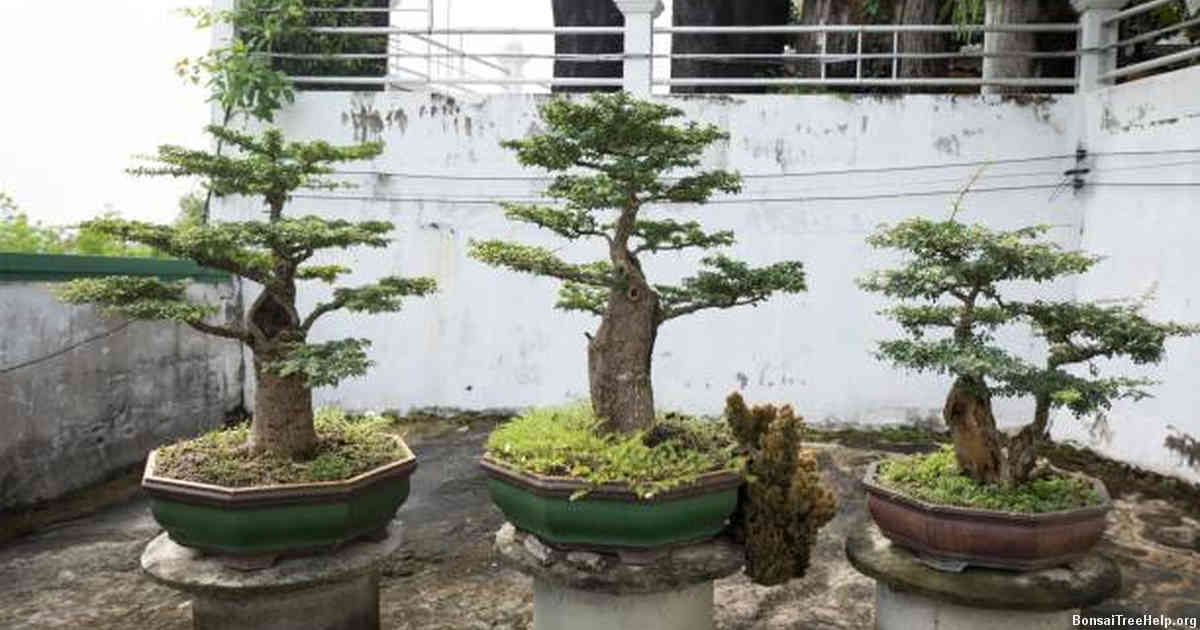
If you want to make a bonsai pot, but don’t feel like taking the traditional route of buying one, there are alternative methods that can give great results. One method is by using hypertufa. This material consists of equal parts peat moss, portland cement and fine gravel which can be shaped into your desired shape and then sealed with an epoxy resin sealer or silicon rubber sealant when dry. Using this mixture will help the pot acquire an aged look while still keeping it lightweight enough to move around without a problem.
Another option for making a bonsai pot would be to build one out of wood. This requires more skill, as you’ll need to craft the design yourself and also ensure that it fits in within the necessary dimension guidelines for a bonsai tree’s root system. If done correctly though, it could last multiple generations with simple maintenance every once in awhile such as staining and varnishing. Some woodworkers enjoy working on projects like these so much they even sign their work.
If you’re up for an adventure you might try sculpting your own clay pot from scratch. It will take quite some time before its finished baking but could provide visual interest because of its unique texture and details not found anywhere else (such as those embossed into porcelain pots). Clay-baked pots can also be glazed with different colors depending on what you desire which allows them stand out from other potted plants and trees nearby!
Leave a Reply